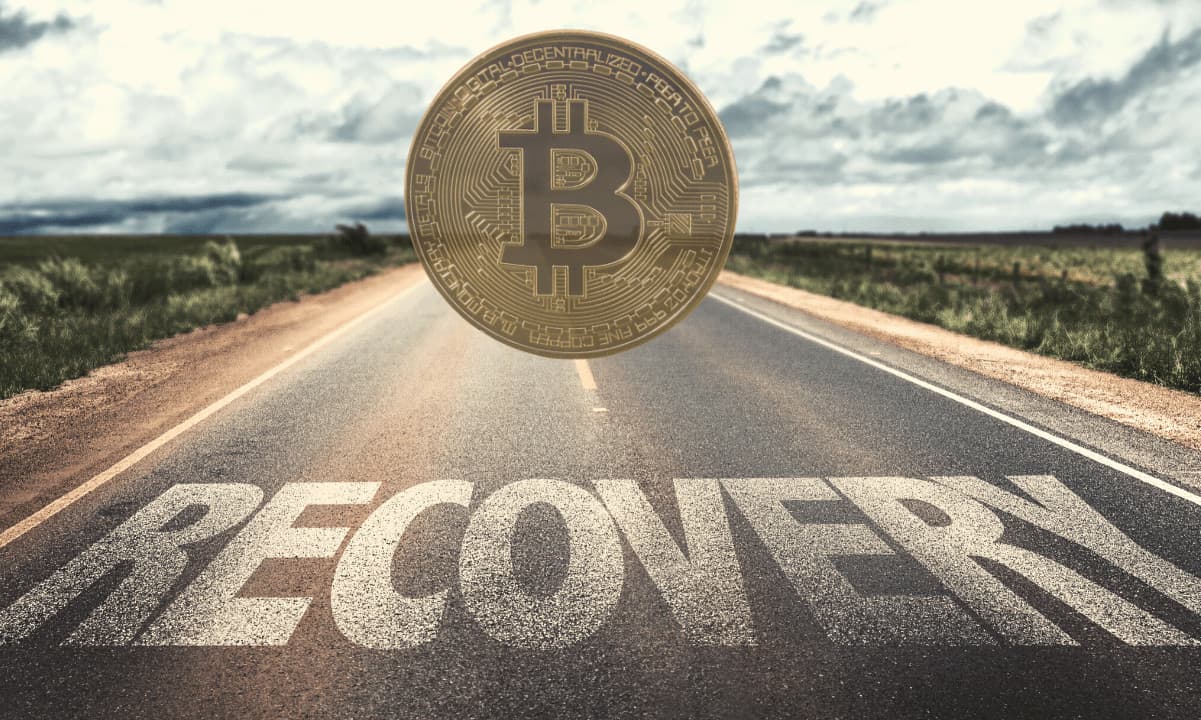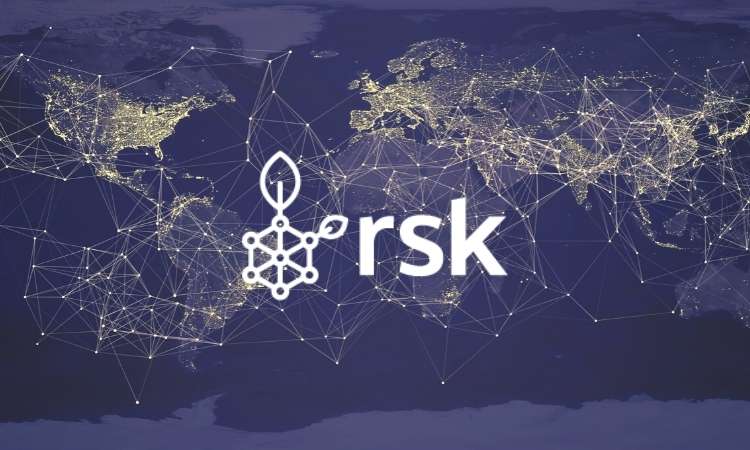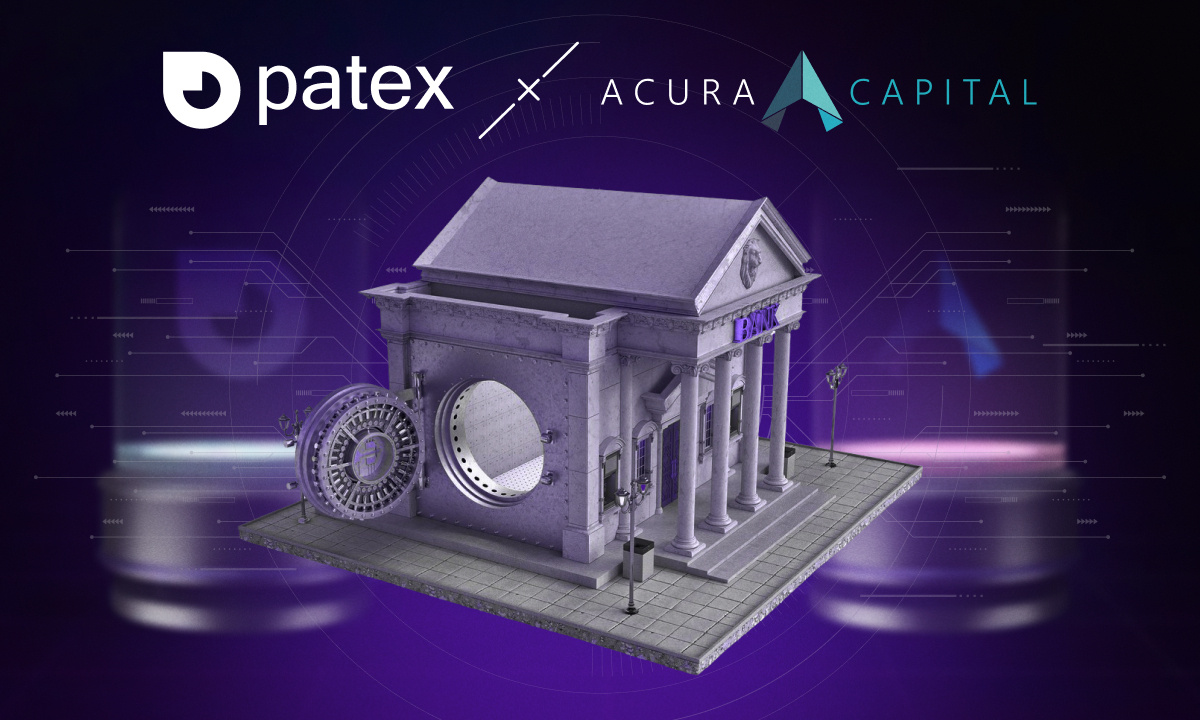FT Exchange – The Next Generation in Crypto Derivatives Exchanges
Featured – In the early years of cryptocurrency, exchanges only existed as a means of buying Bitcoin and spot trading some of the emerging altcoins. Fast forward to 2018 and the exchange markets have evolved. Due to increasing institutional interest, many exchanges such as BitMEX or OKEx now offer access to derivatives markets, along with the option of using margin and leverage to enhance the opportunity for gains.
However, not all exchanges are created equally. One exchange that’s making a solid attempt to pull ahead of the crowd is FT Exchange (FTX). The company was started in response to the issues the founders experienced trading on other crypto derivatives exchanges. FT Exchange aims to solve these issues, creating a more professional crypto derivatives market which can also serve institutional clients.
How is FT Exchange Different?
FT Exchange is an institutional-grade crypto derivative exchange offering a range of innovative features across a variety of markets.
Clawback Prevention
FT Exchange has a unique mechanism for preventing clawbacks in the event of losses. Last year, OKEx came under fire for poor risk management practices when one trader lost a gamble on a bitcoin futures trade worth over $400 million. When the trader refused to lower the position, OKEx force-liquidated. However, the exchange’s insurance fund was unable to cover the size of the loss, meaning OKEx triggered a “societal loss risk management mechanism.” Basically, other traders paid for the losing trade out of their profits.
FT Exchange operates a liquidation engine designed to avoid such a situation ever occurring. It monitors positions carefully to check if one has dropped below an intelligent maintenance margin. If so, FTX will force liquidate on an incremental basis to avoid crashing the market. Most critically, if markets are moving too quickly, the FTX backstop liquidity provider will kick in. In this scenario, liquidity providers who have opted in will step in and take over the position.
While FT Exchange acknowledges that its liquidity engine doesn’t eliminate the risk of a clawback ever happening, it provides a far more robust safety net than other exchanges.
Universal Margin Wallets
In other exchanges, traders must use separate margin accounts for different products. Furthermore, the collateral depends on the product traded; for example, BTC perpetual swaps require BTC to be posted as collateral. This makes it inconvenient to rebalance the portfolio, and in the case of short trading means that the trader must buy the token they intend to short.
In contrast, FT Exchange derivatives are settled in stable coins (USDT or USDC), and all collateral is shared in one universal margin wallet. Traders can deposit stable coins as collateral for margin trading on any futures product, with trades also settled in stable coins.
Leveraged Tokens
Currently, the only way to short cryptocurrencies is through a futures contract. Traditional crypto exchanges such as Binance don’t offer any leverage on spot trading.
FT Exchange offers traders a brand-new product – leveraged tokens. A trader can take a short or leveraged position of 3x, -1x or -3x by purchasing a leveraged token, which is as easy as buying a standard BTC or ETH on a spot exchange. This doesn’t require any assets to be stored in a margin wallet, freeing up traders from having to monitor their positions for the risk of being margin called.
Leveraged tokens are ERC-20, meaning that any other exchange can list them, providing new opportunities for short and leverage position to their customers without needing to set up margin trading.
FT Exchange Markets
FT Exchange products include quarterly and perpetual futures contracts for BTC, ETH, XRP, EOS and interestingly, USDT. FTX is the first exchange to pioneer futures in USDT (Tether) allowing crypto traders to hedge in USDT price fluctuations. FTX estimates that there is a demand for USDT trading to the tune of $200 million per day, meaning the exchange has an unprecedented opportunity to fill this gap in the market.
Alongside the products of the future, FT Exchange also offers quarterly expiring, cash-settled options, as well as the leveraged tokens listed above.
Professional Backing
FT Exchange is backed by Alameda Research, a quantitative trading firm comprising experts from Wall Street and Silicon Valley who are dedicated to bringing liquidity to the global cryptocurrency markets. Alameda Research has over $70 million worth of assets under management, trading up to $300 million each day and accounting for 30 percent of stable coin trading volume.
Partnering with Alameda means that FT Exchange gains access to a high level of liquidity, as well as leveraging Alameda’s existing partnerships with exchanges and trading desks. Furthermore, by involving the team of technical experts at Alameda, FT Exchange can roll out new products and services with a far shorter development cycle than the competition.
FTT Token
FT Exchange is launching its token under the ticker FTT, providing even greater benefits to FT Exchange users. Holders will be eligible to participate in revenue sharing, with one-third of revenues from FTX distributed to FTT token holders until half of all FTT is burned. Using FTT as collateral will reduce both margin requirements and trading fees, which in turn will drive up demand for the FTT token. Holders can also use FTT to access lower spreads on OTC trading.
There are broader benefits to the FTT token, including the opportunity for other blockchain projects to use FTT to create their leveraged tokens. Full details can be found in the FTT white paper.
Closing Thoughts
The emergence of exchanges such as FT Exchange points to a new stage of maturity in the cryptocurrency markets. If institutional investors can be persuaded to join in, it will surely help to raise the crypto market cap. After the long bear run of 2018, the timing couldn’t be better.
The post FT Exchange – The Next Generation in Crypto Derivatives Exchanges appeared first on CryptoPotato.









